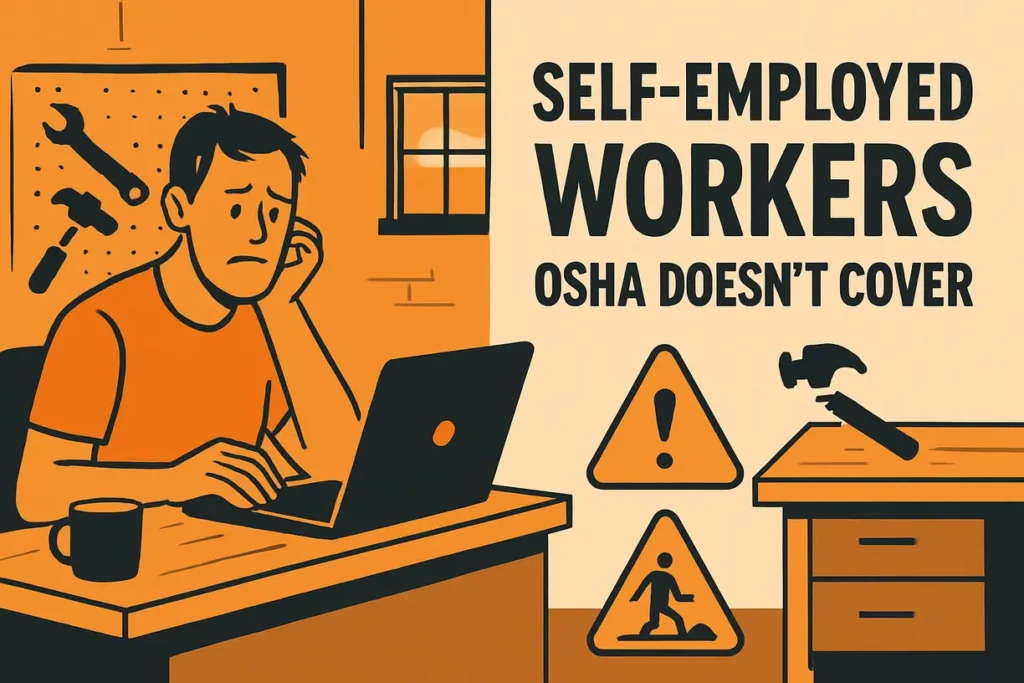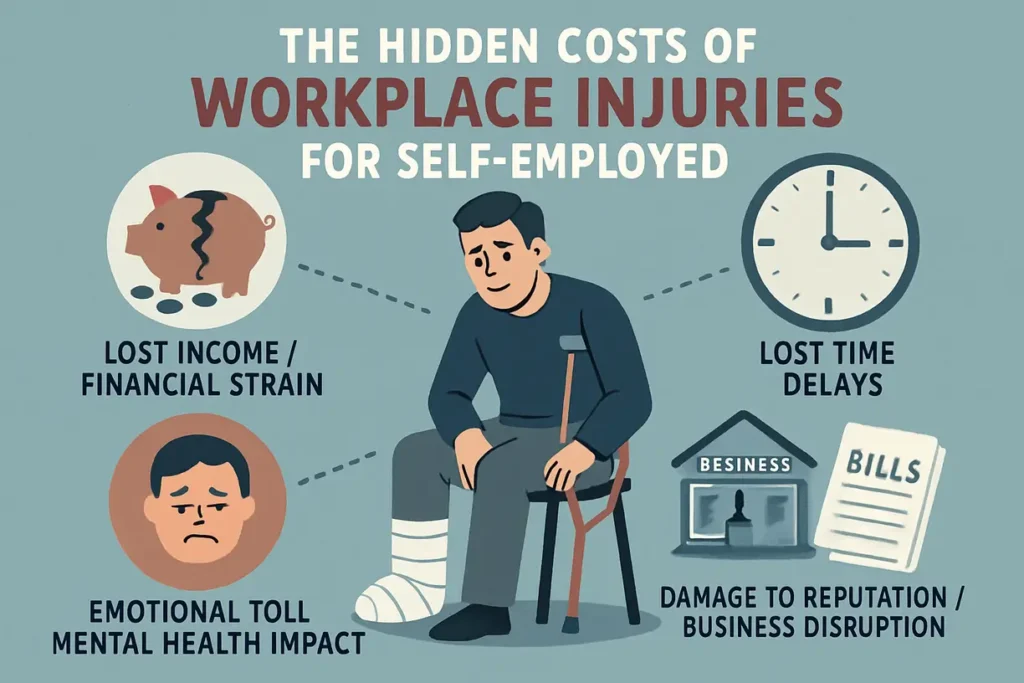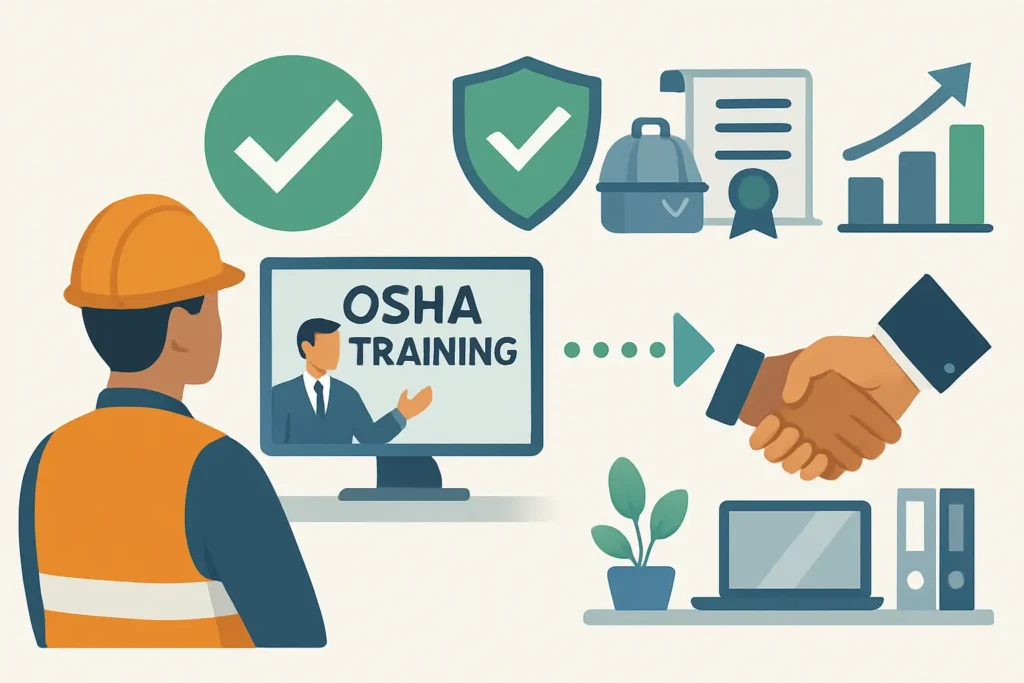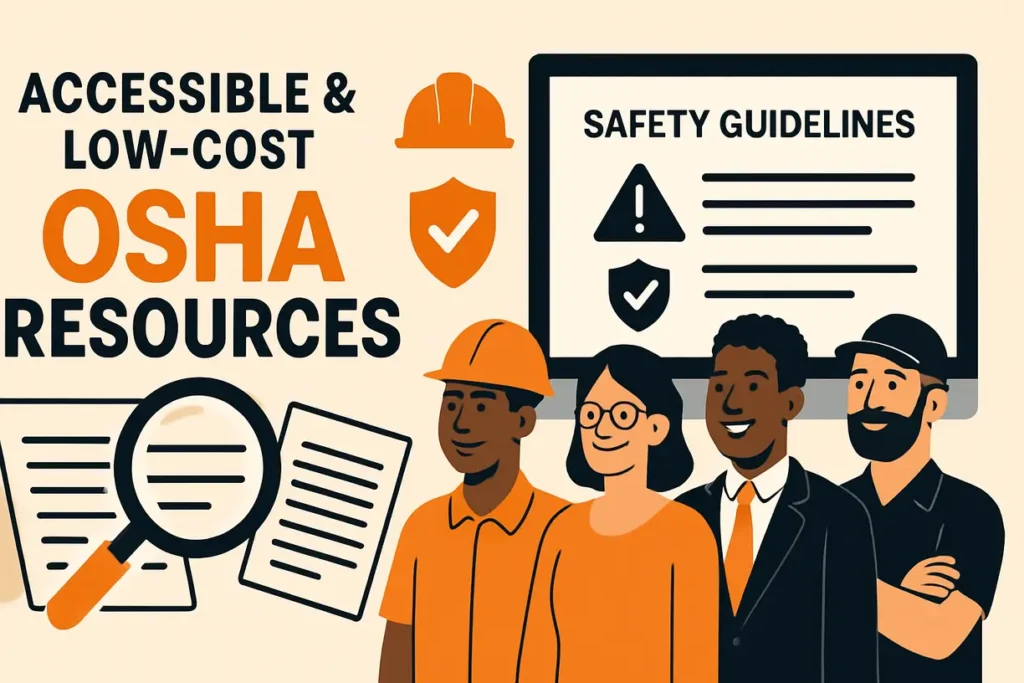Why Self-Employed Workers Should Do OSHA Training
Probably, what comes to mind when you hear ‘OSHA’ (Occupational Safety and Health Administration) training is large construction companies or warehouse workers punching in under close supervision. This is because OSHA regulations are meant to serve employers who have employees and establish safety standards in any industry.
Why then should you take OSHA training when it is not compulsory for you? It is easy enough: your safety, credibility, and long-term success are more important than a legal requirement. Knowledge of hazards and their prevention is as important to individual professionals as to big teams.
This blog will talk about how OSHA training can empower self-employed professionals, the benefits of it being a good business decision, and where to find affordable courses.
1. OSHA Doesn't Cover Self-Employed Workers—But Hazards Still Exist
OSHA states that their rules are only applicable to employers and their workers. In case you work independently and do not hire any workers, OSHA is unable to inspect your workplace and give citations. You are not required by law to undertake OSHA training.

However, the exemption does not guarantee your safety. A large number of self-employed people, freelance electricians, home renovators, beauty technicians, delivery drivers, etc., regularly encounter physical, chemical, ergonomic, and environmental risks. A single loose ladder, defective wire, or mislabeled chemical product will place you in danger.
2. The Hidden Costs of Workplace Injuries for Self-Employed People
In case you are injured on the job, who pays? You probably do not receive workers’ compensation or paid sick days as you would with an employee. A single accident may end your earning capacity.

There are medical bills. You might miss appointments, lose clients, or even ruin your reputation if the work is not done in time. When you are on the property of a client and something goes wrong, then legal or insurance problems can occur.
According to the National Safety Council, an average injury that is medically consulted totals an average of 42,000 per incident. OSHA training is not a box to be checked; it is a way to avoid accidents before they occur and not have to deal with the financial and emotional consequences of a work injury.
3. OSHA Training = Better Professional Practices
OSHA training is not just disaster avoidance training, but it is also training on how to be safer and smarter in your work habits. As a result of this training, you will get to know practically:

- Determining hazards in the industry
- Interpretation and reading chemical labels (GHS)
- Proper use of personal protective equipment (PPE)
- Having a safe working environment that is clean and free of danger
- Safe use of tools and equipment
Clients will have a sense of credibility in your services when they realize that you are trained in OSHA standards. They would be more willing to entrust and refer to the professionals who are safety-conscious. It also puts you at an advantage when you are bidding on jobs or contracting with bigger firms.
4. Planning to Hire One Day? Start Building Safety Habits Now
Although you may be a one-man show today, you may intend to grow in the future. And the instant you have your first employee, even part-time, OSHA regulations come into play.

Training now will help you develop a safety-first attitude that will be transferred to your expanding business. You will be able to identify risks, establish safety policies, and act as an example to others.
This planning facilitates the process of hiring new employees, using safety SOPs (standard operating procedures), and managing liability. Consider it as the foundation of a smarter and safer business in the future.
5. Low-Cost OSHA Resources Are Available
Another major myth is that OSHA training is either costly or hard to obtain. As a matter of fact, it is possible to find numerous affordable, web-based alternatives, which are ideal to use by self-employed individuals who have little time at their disposal.

OSHA 10-Hour General Industry or Construction courses are good starting points. These programs present fundamental safety issues depending on the industries. You can do them at your own pace using a phone or a laptop.
OSHA-authorized websites such as OSHA Education Center and Career Safe provide good and cheap training programs that are trustworthy. Some OSHA 10-hour courses are available at a low price of $39, so it is a little investment to gain a lot in safety, ability, and confidence.
Conclusion
The fact that OSHA does not mandate self-employed workers to undergo safety training does not imply that it is not a wise investment. As an entrepreneur, your capacity to work directly influences your earnings, image, and future prosperity. OSHA training provides you with the means of preventing accidents in advance.
It also enhances your professional image- it makes clients and partners know that you are serious with your work. Wait until a near-death experience. Enroll in OSHA training now and start creating a safer and stronger future of your own.
Related Posts

Training on a Budget? Find OSHA Training at a Low Price

OSHA Winter Safety Tips for 2025: Protect Outdoor Workers


